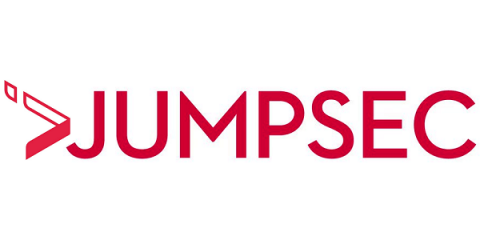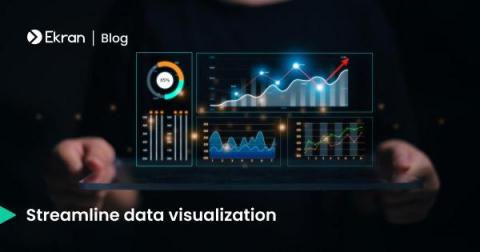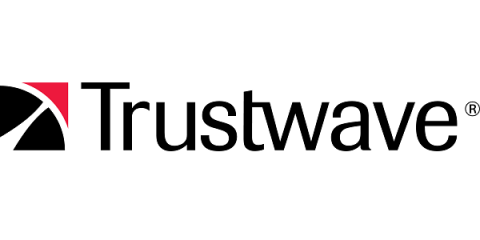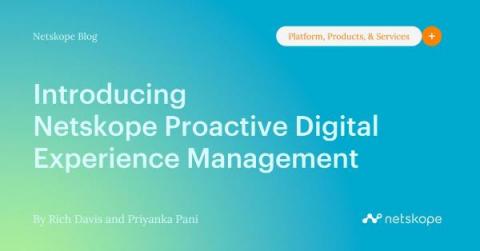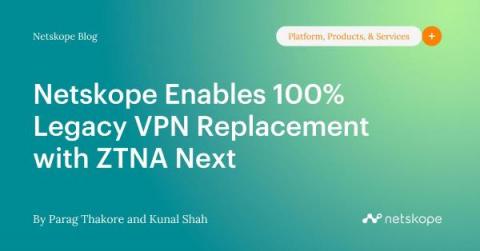Security | Threat Detection | Cyberattacks | DevSecOps | Compliance
Latest News
Egress Partners with Unique Security 4 Security (S4S) Event
JUMPSEC research reveals ransomware attacks rising again
Insights at Your Fingertips: Ekran System's Dashboards Update
Data Sovereignty Best Practices in M365
Managed Vulnerability Scanning Made Easy
There are few security tasks more important, yet more difficult, to conduct than a vulnerability scanning program. A properly conducted scanning program requires a team of human-led experts with the technology to search for issues that might give a threat actor access to a network. Only the largest organizations with equally large wallets can afford to take on this task, but there is an option.
Understanding Firewalls - Types, Configuration, and Best Practices for Effective Network Security
A firewall is a security device that controls the flow of traffic across a network. A firewall may be a hardware appliance, or it may be a piece of software that runs on a third-party operating system. Firewalls operate based on a set of pre-defined, as well as customizable security rules that inspect network traffic to block or permit access to a network.
Updated NCSC Report Highlights Key Threats for the UK Legal Sector
On June 22nd, 2023, the National Cyber Security Centre (NCSC), the UK's cybersecurity agency, released a Cyber Threat Report for the country's legal sector. Developed to update a previous iteration from 2018, the report reflects a dramatic change in the cybersecurity threat landscape, offering advice that considers the security issues inherent with remote working, new data revealing the UK legal sector's vulnerability to cybercrime, and the increasing prevalence of attacks on smaller organizations.
Introducing Netskope Proactive Digital Experience Management
When talking to infrastructure and operations teams, one common concern when moving to a SASE architecture is the loss of visibility and control that they have historically been accustomed to. Overnight traffic destined for critical business applications, both private and public, routes through what is often seen as a black box, or in today’s world, more of a “gray cloud.”
Netskope Enables 100% Legacy VPN Replacement with ZTNA Next
For infrastructure and operations (I&O) teams, the transition from legacy architectures to a modern zero trust architecture is far from straightforward. Teams often face a complex patchwork of fragmented and siloed systems of different vintages, along with the challenge of managing dozens of disparate security and networking vendors.




